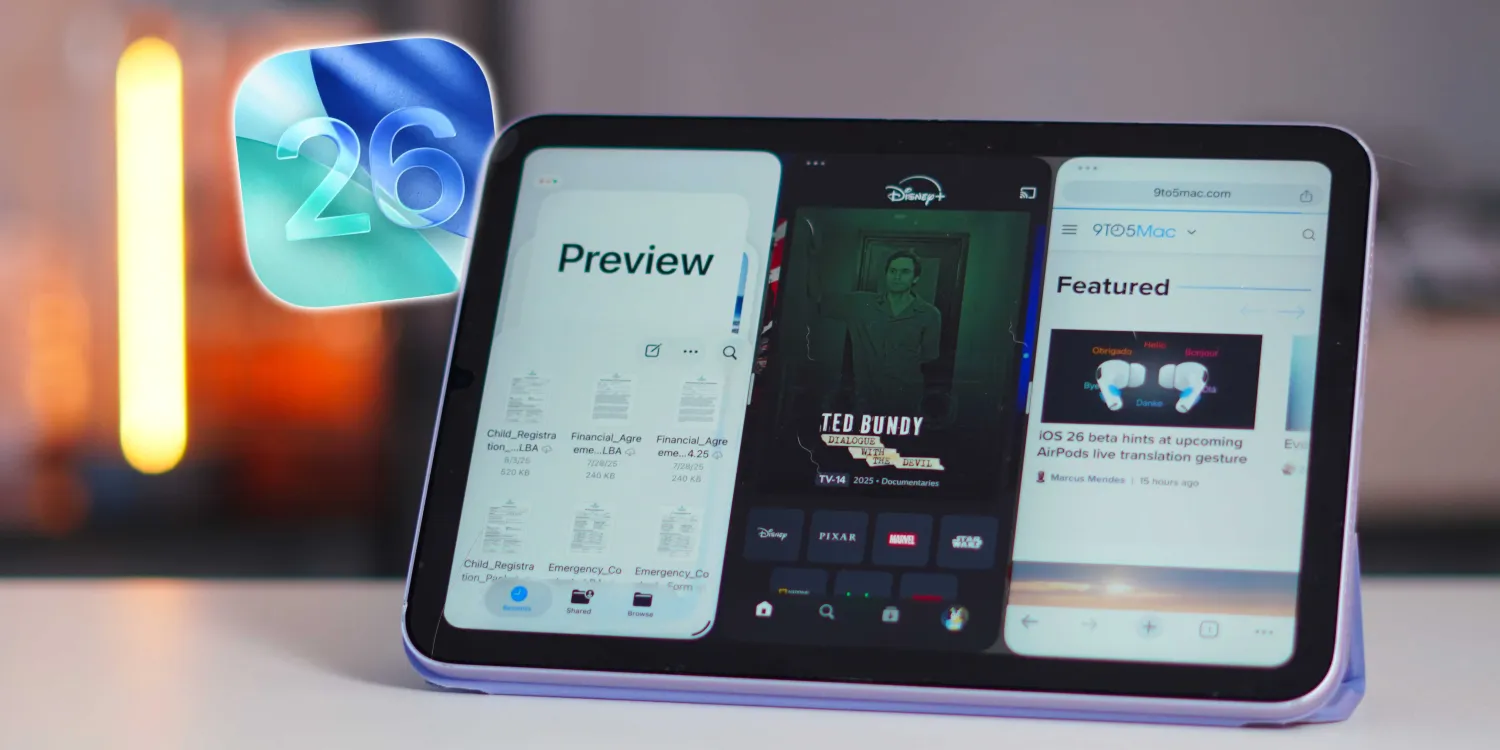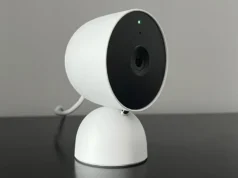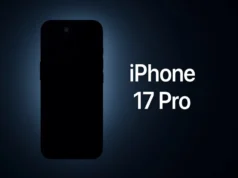Apple’s iPadOS 26, showcased at WWDC 2025, has brought transformative features to the iPad lineup, with the iPad mini standing out as a surprising testament to the platform’s potential. Despite its compact 8.3-inch display, the iPad mini handles iPadOS 26’s advanced capabilities with remarkable efficiency, offering a glimpse into how iOS might evolve for the iPhone. With features like Mac-like windowing, enhanced multitasking, and the new Liquid Glass design, the iPad mini’s implementation of iPadOS 26 suggests a future where iOS embraces greater flexibility, deeper ecosystem convergence, and a more desktop-like experience on mobile devices. This article explores what these developments reveal about the trajectory of iOS.
Multitasking: A Blueprint for iOS
The standout feature of iPadOS 26 is its revamped windowing system, which allows users to freely resize and arrange app windows, mimicking macOS functionality. On the iPad mini, this system works fluidly, with intuitive touch controls and flick gestures that make multitasking accessible even on a smaller screen. The ability to run multiple apps simultaneously—up to eight windows on the mini—demonstrates that powerful multitasking is no longer reserved for larger devices like the iPad Pro.
For iOS, this suggests a future where iPhones, particularly larger models like the iPhone 16 Pro Max with its 6.9-inch display, could adopt a similar multitasking framework. Currently, iOS limits users to single-app focus or basic split-screen in specific contexts, which feels restrictive compared to the iPad mini’s capabilities. A two-pane view (top/bottom or left/right) on an iPhone could streamline tasks like copying data between apps, reducing friction in workflows. The iPad mini’s success with multitasking on a compact display proves that iOS could handle similar features without overwhelming users, especially as iPhone screen sizes approach those of smaller tablets.
Ecosystem Convergence: Liquid Glass and Uniformity
iPadOS 26 introduces the Liquid Glass UI, a translucent, layered design that unifies the look and feel across iOS, iPadOS, macOS, and other Apple operating systems. This redesign, with its glassy app icons, rounded controls, and dynamic light effects, creates a cohesive aesthetic that signals deeper platform integration. On the iPad mini, Liquid Glass enhances the visual experience without sacrificing usability, even on a smaller canvas.
For iOS, this convergence hints at a future where the boundaries between Apple’s operating systems blur. The iPad mini’s ability to deliver a macOS-lite experience when connected to a monitor, mouse, and keyboard suggests that iOS could evolve to offer a similar “desktop mode” for iPhones. Imagine plugging an iPhone into a display and accessing a windowed interface with resizable apps, akin to Samsung’s DeX or macOS. This would position the iPhone as a primary computing device, capable of scaling from mobile to desktop workflows, aligning with the growing trend of users relying on their iPhones for most computing tasks.
Touch-First Design: Refining Multitasking for iOS
The iPad mini’s touch-optimized multitasking, with features like Exposé for viewing open windows and a swipe-down menu bar, highlights Apple’s focus on balancing power with simplicity. Unlike macOS, which relies heavily on keyboard and trackpad inputs, iPadOS 26 leverages multitouch gestures and Apple Pencil support to make window management intuitive. This approach is critical for the iPad mini, a device designed to be held and manipulated directly, and it offers lessons for iOS.
Future iOS versions could adopt similar touch-first multitasking features, allowing users to resize and arrange apps with gestures tailored to the iPhone’s smaller screen. For example, a pinch-to-zoom gesture could resize app windows, while a swipe could trigger an Exposé-like overview. These controls would maintain iOS’s simplicity while adding flexibility, making multitasking feel natural rather than clunky. The iPad mini’s success in this area proves that touch-driven interfaces can handle complex tasks, paving the way for iOS to evolve beyond its current single-app paradigm.
Hardware Efficiency: Powering the Future
The iPad mini’s ability to run iPadOS 26’s demanding features, like windowing and background tasks, on an A17 Pro chip (or newer) showcases Apple’s optimization for efficiency. Unlike Stage Manager in previous iPadOS versions, which required at least 8GB of RAM, iPadOS 26’s new windowing system is compatible with all supported iPads, including the mini. This democratization of features suggests that iOS could bring advanced capabilities to a wide range of iPhones, not just Pro models with the latest chips.
For iOS, this implies that future updates could introduce multitasking and desktop-like features to older or less powerful devices, such as the iPhone 11 or SE, provided they meet minimum requirements (e.g., A12 processor or newer). Apple’s focus on optimizing iPadOS 26 for the iPad mini’s compact hardware indicates that iOS could similarly prioritize performance, ensuring that new features don’t leave older devices behind.
New Apps and Features: A Shared Foundation
iPadOS 26 brings apps like Journal and Apple Games to the iPad, along with enhancements like Apple Pencil support and Game Overlay. These additions, combined with features like Live Translation in Messages and improved Files app functionality, show Apple’s intent to make iPadOS a robust platform for both productivity and entertainment. Many of these features are shared with iOS 26, reinforcing the idea that iPadOS innovations often trickle down to iOS.
For iOS, this suggests that future updates will continue to borrow from iPadOS, potentially introducing apps like Preview or enhanced Files management to the iPhone. The Journal app, with its map view and multimedia support, could inspire a more robust Notes or Reminders app on iOS, while the Games app could evolve into a hub for social gaming on the iPhone. These shared features would further align the iPhone and iPad experience, making iOS more versatile.
Challenges and Limitations
While the iPad mini and iPadOS 26 offer an exciting glimpse into iOS’s future, there are challenges to consider. The iPad mini’s small screen limits the practicality of running multiple overlapping windows, and similar constraints would apply to iPhones, especially smaller models. Apple will need to carefully balance feature richness with usability to avoid cluttering the iOS interface. Additionally, while iPadOS 26 supports external displays, the iPad mini lacks full extended display support, which could foreshadow limitations in a potential iOS desktop mode.
Moreover, the removal of Split View and Slide Over in iPadOS 26 has drawn criticism from users who valued their simplicity. For iOS, Apple must ensure that new multitasking features don’t alienate users who prefer the current streamlined experience. A toggle to disable advanced multitasking, as seen in iPadOS 26 betas, could address this concern on iPhones.
Conclusion
The iPad mini’s seamless execution of iPadOS 26’s advanced features—multitasking, Liquid Glass design, and touch-optimized controls—offers a compelling preview of iOS’s future. As iPhones grow in screen size and power, iOS could adopt a more flexible, desktop-like interface, enabling multitasking and deeper integration with Apple’s ecosystem. By learning from the iPad mini’s balance of portability and productivity, Apple can evolve iOS into a platform that scales from pocket-sized devices to full desk setups, redefining the iPhone as a true all-in-one computer. The convergence of iOS, iPadOS, and macOS, coupled with touch-first innovation, points to a future where hardware choice—rather than software limitations—defines the user experience.




